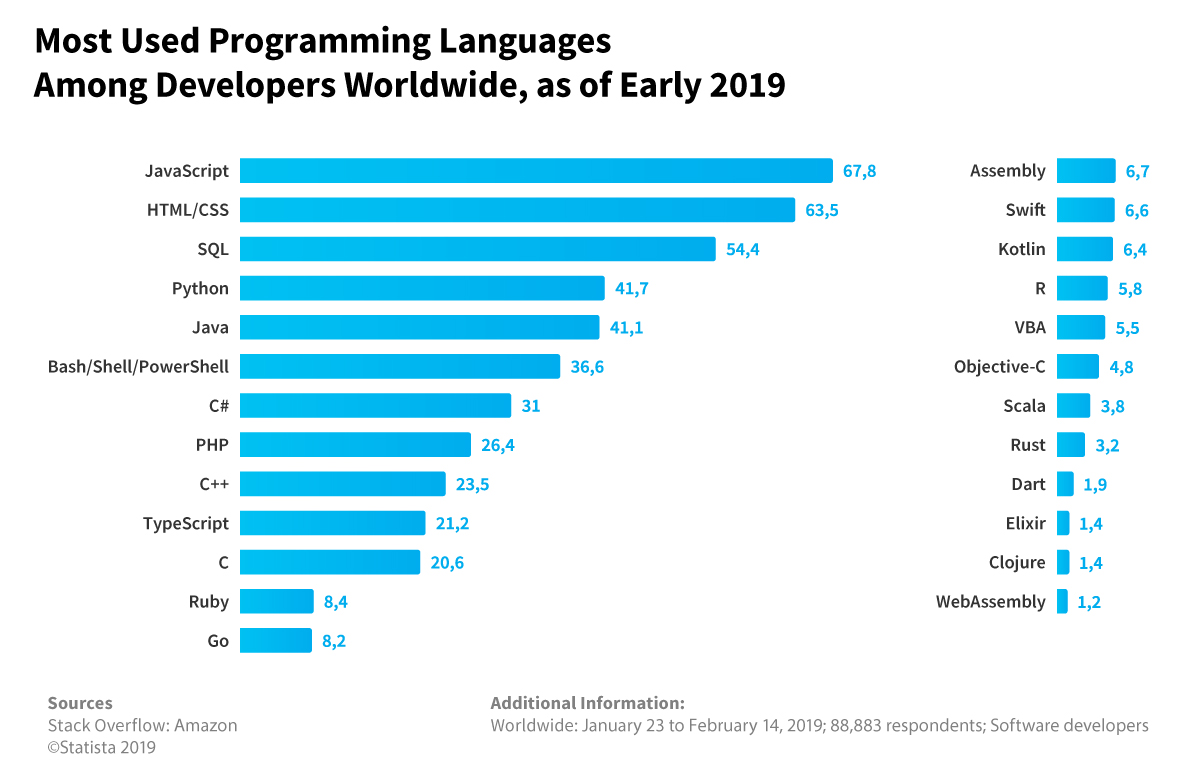Index Surge: Amplifying Your Insights
Stay updated with the latest trends and news across various industries.
Framework Face-off: Which JavaScript Tool Wins the Battle?
Discover the ultimate showdown of JavaScript frameworks! Uncover the winner and supercharge your development skills today!
JavaScript Framework Showdown: React vs. Angular vs. Vue
When it comes to building dynamic web applications, the choice of JavaScript framework can greatly impact the development process and the final product. In this JavaScript Framework Showdown, we will explore three of the most popular frameworks: React, Angular, and Vue. Each framework has its unique features and strengths that cater to different project requirements. For instance, React is renowned for its component-based architecture and efficient virtual DOM, making it a favorite among developers looking for high performance and flexibility. Angular, on the other hand, provides a comprehensive solution with its robust features and tools that allow for the development of large-scale applications. Lastly, Vue offers an approachable and flexible framework suitable for both novice and experienced developers, striking a balance between performance and simplicity.
To summarize the key differences between these frameworks, consider the following factors when making your decision:
- Learning Curve: React has a moderate learning curve, Angular has a steep learning curve due to its complexity, while Vue is often considered the most beginner-friendly.
- Community Support: React has a large community and ecosystem, Angular boasts strong backing from Google, and Vue has a passionate community that continuously contributes to its growth.
- Performance: React and Vue generally outperform Angular in terms of speed, but Angular’s extensive features can make it more efficient for larger applications.
Ultimately, the choice will depend on your specific project needs, team expertise, and future scalability considerations.

Choosing the Right JavaScript Framework for Your Project: Key Considerations
When embarking on a new web development project, selecting the right JavaScript framework can significantly impact your workflow and the overall success of your application. Key considerations include performance, scalability, and community support. For instance, if your project demands high performance and an agile development process, you might want to consider lightweight frameworks like Vue.js or React. Conversely, for larger applications that require robust features right out of the box, Angular may be the better choice due to its comprehensive tooling and strong architecture.
Another crucial factor is the learning curve associated with each framework. If your team is already familiar with a specific framework, it makes sense to leverage that knowledge to accelerate the development process. Additionally, consider the ecosystem of plugins and tools available for the framework; a rich ecosystem can save valuable time and effort. Finally, always keep future maintenance in mind; choose a framework that not only meets your current needs but also offers longevity and support for future updates.
How Do Popular JavaScript Frameworks Stack Up Against Each Other?
When evaluating how popular JavaScript frameworks stack up against each other, three contenders often dominate the conversation: React, Angular, and Vue.js. Each of these frameworks offers unique features and advantages, making them suitable for different types of projects. React is known for its flexibility and rich ecosystem, allowing developers to create dynamic user interfaces with ease. In contrast, Angular provides a complete solution with a robust framework, focusing on enterprise-level applications, while Vue.js strikes a balance between simplicity and power, catering to both small and large applications.
In terms of performance and scalability, React often leads the pack due to its efficient virtual DOM implementation, which enhances rendering speed. Angular, while powerful, may face challenges with bundle size and speed if not optimized properly. Vue.js typically matches React and Angular in terms of speed, but its learning curve is often cited as less steep, making it a popular choice for new developers. Ultimately, the decision on which framework to choose hinges on the specific requirements of your project, including factors like team expertise, project scale, and desired features.